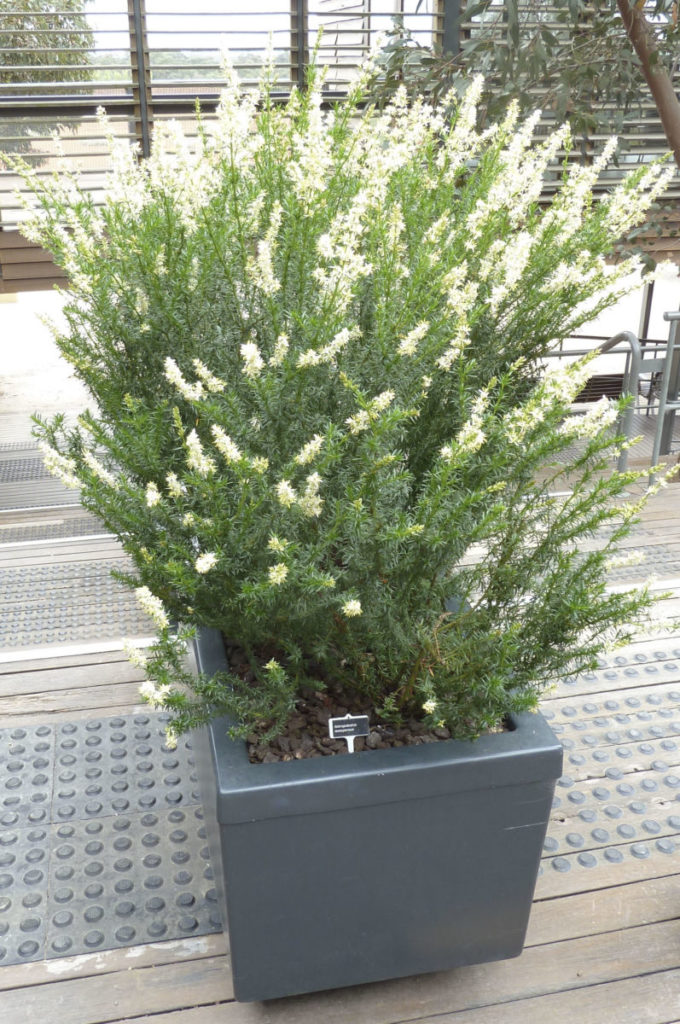Over the past 20 years, I’ve been richly rewarded speaking with over 100 gardening groups and clubs about our wonderful and unique Australian flora. Lest there be any misunderstanding, my being ‘richly rewarded’ has come from the enthusiasm from my audience when hearing about Aussie plants and seeing some pretty mediocre photographs I’ve taken of them!
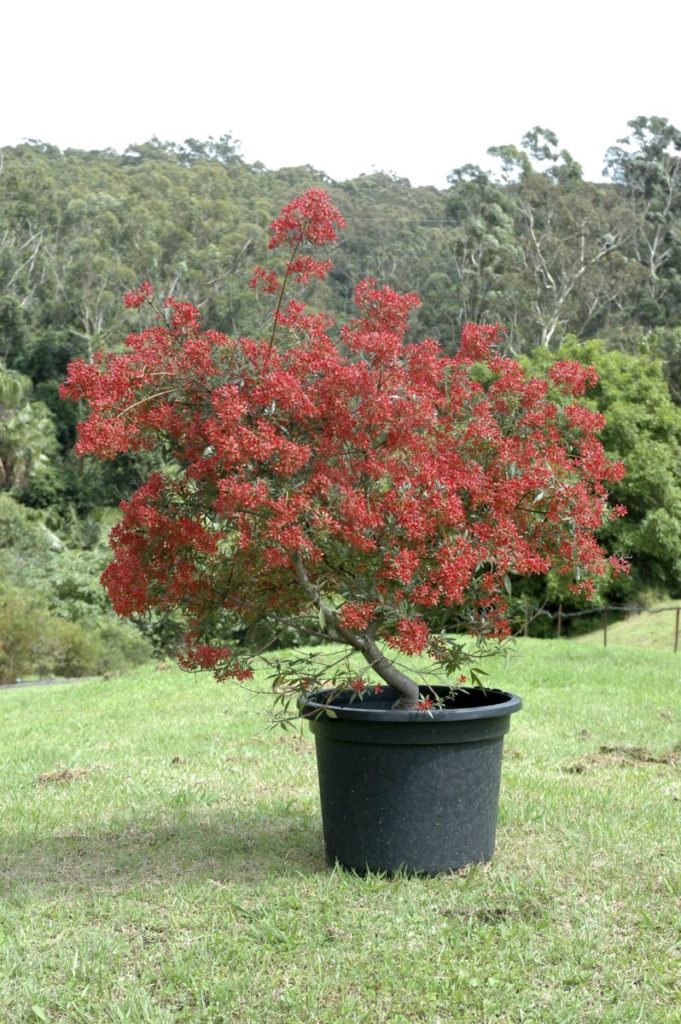
In recent years, my audiences have become increasingly fascinated by the topic:
‘How do I grow natives in pots, courtyards and small gardens. As well as hanging baskets!’
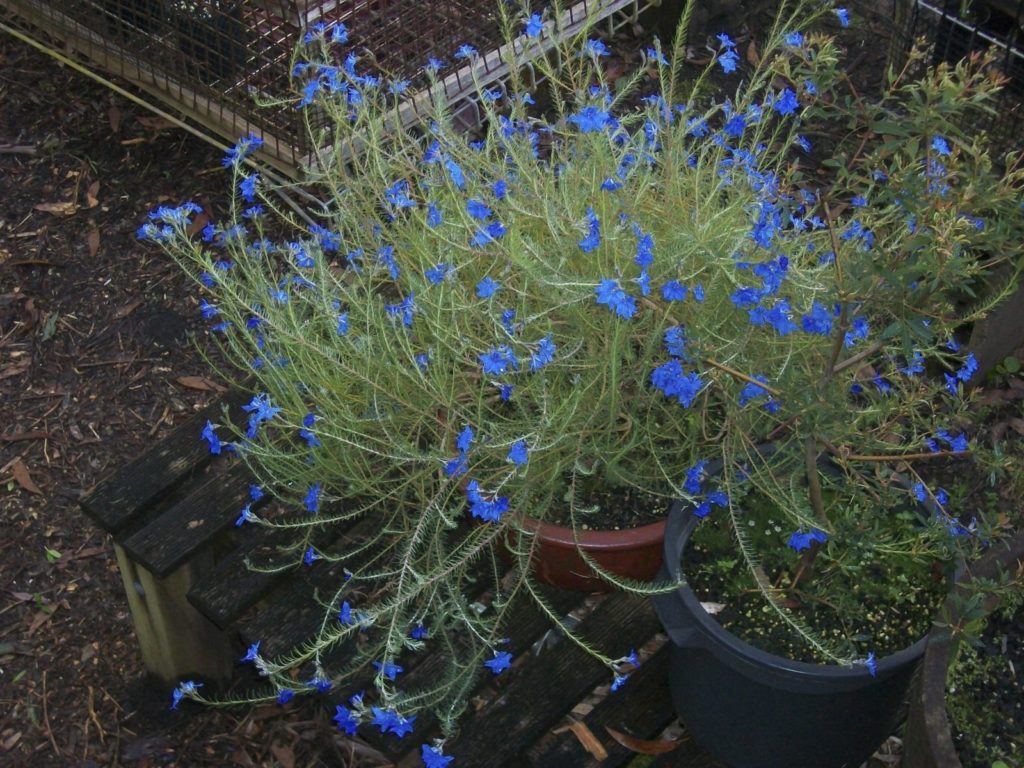
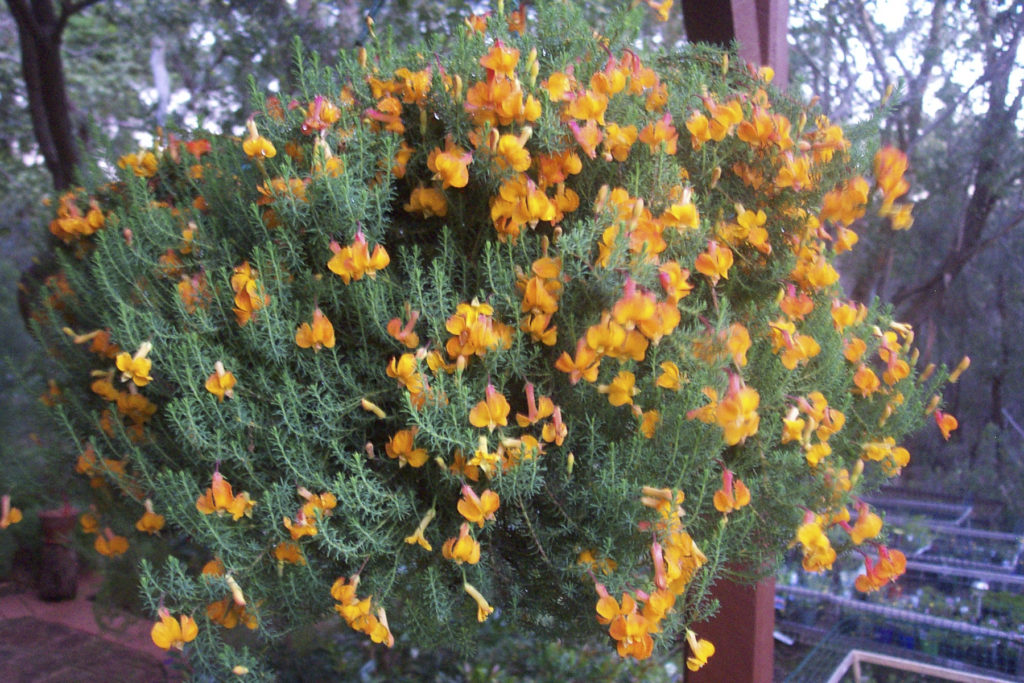
So why grow a plant in a pot?
Of course, nature has been growing plants in pots (of sorts) for millennia.
But in our more cultivated environments, the first question I pose when speaking with people is, ‘Why grow a plant in a pot?’
Three simple answers: display, mobility and nurture!
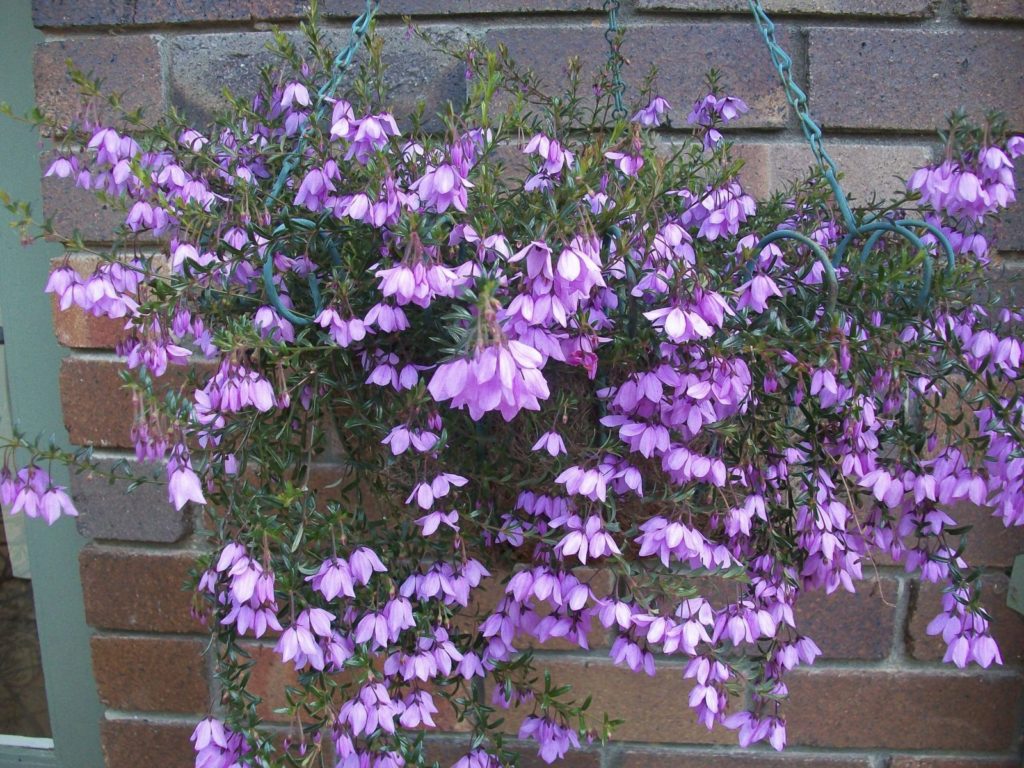
These are self-explanatory and there may be other reasons, but considering these three reasons:
Display
What better way to focus attention on a particular plant in a pot than to stick it in a prominent spot to really show it off. And when it’s not looking at its best, just get it out of the way until the time is right. For example, boronias put on a brilliant display in pots – here’s three that work well!
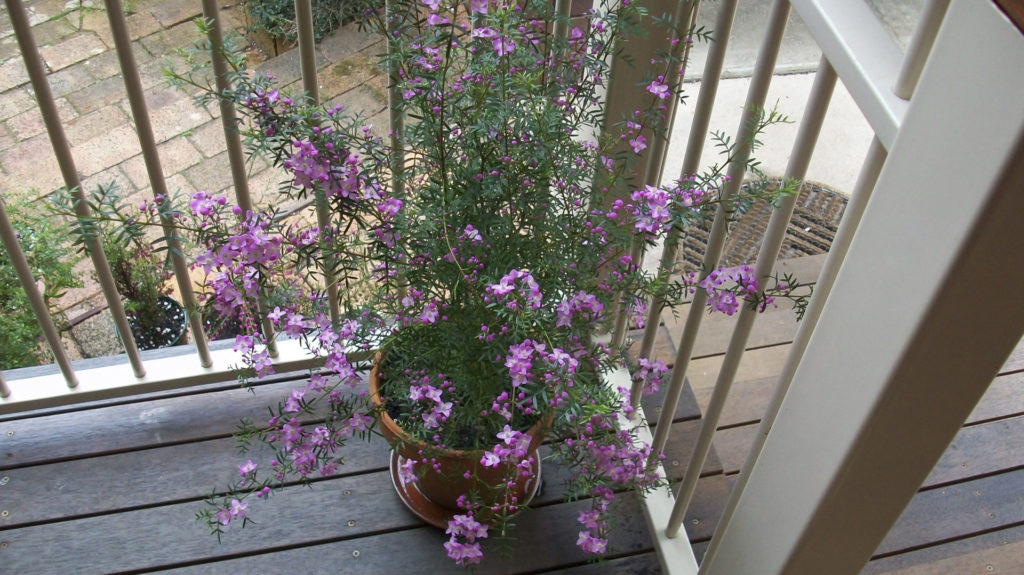
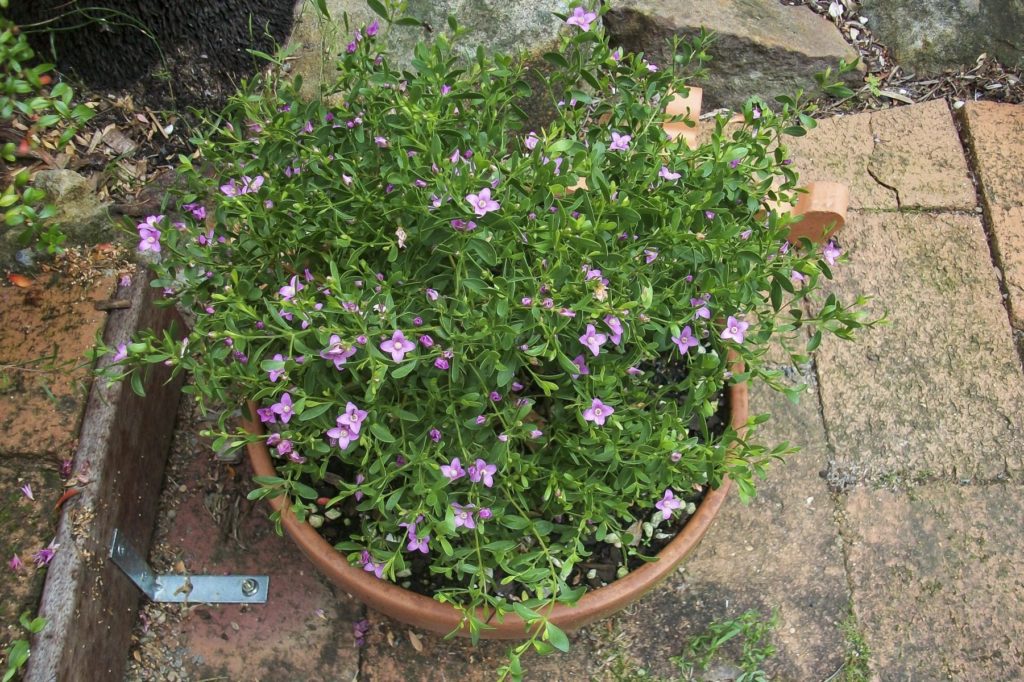
Mobility
It means of course that we can move the pot around to take advantage of the prevailing weather and aspect.
Nurture
There can be no doubt that plants grown in pots, especially over any extended period demand TLC in the way of water and fertilizer that established plants in the garden do not. It can be easy to overlook the needs of the many plants in the garden but those special plants in pots stay under notice, especially if they’re placed to trip over to get your attention. So on our back steps, care has to be taken not to fall over a variety of pots, very strategically placed to grab my attention.
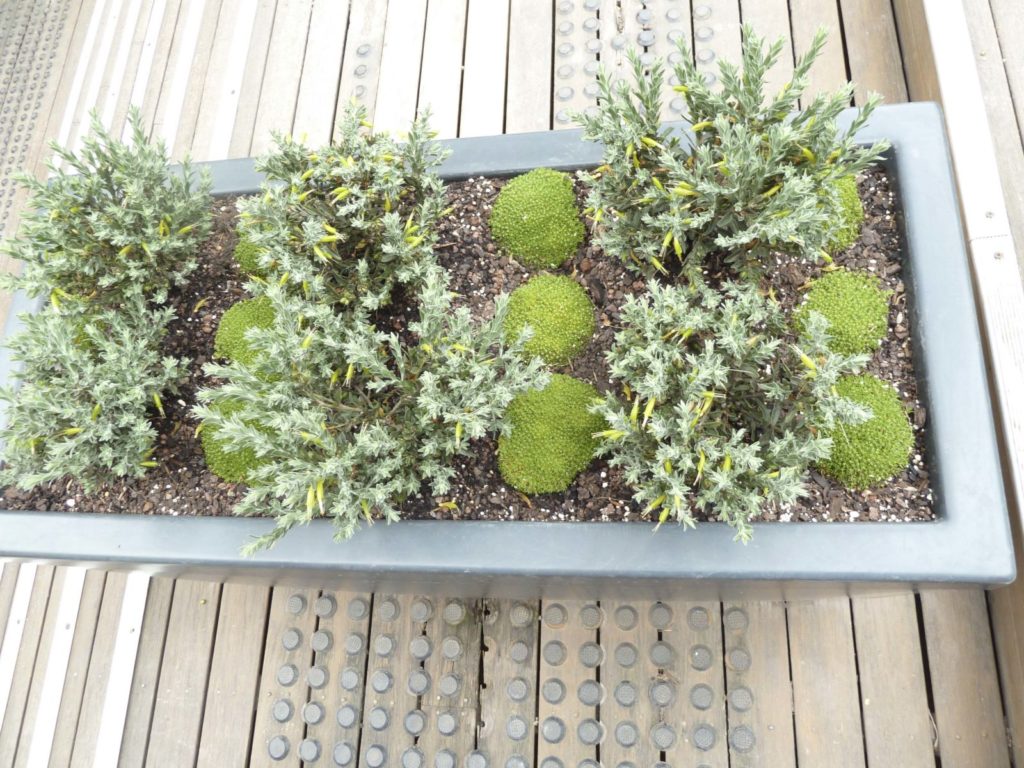
In some respects, a more pertinent question is why NOT grow a plant in a pot. Of course, any plant can be grown in a pot for a limited time until it starts to walk off with the roots coming out the bottom. To state the obvious, some plants simply cannot be successfully grown in a pot for any length of time. But even for those plants that lend themselves to pot culture, vigilance is essential.
What do I watch for? Water, weeds and weevils.
There’s a delicate balance in watering potted plants. This is particularly so in times of extended heat but even then, discretion is called for. A good drink occasionally is far better than a regular tipple. Something I try to emulate.
Weeds in pots seem to spring up overnight and if potted plants are to be kept in fine tilth, vigilance is needed. This seems to be particularly so if hanging baskets are involved.
Okay, so I don’t know that weevils are a problem in potted plants but I like the alliteration. What I particularly address under this heading are curl grubs and earth worms. Both are a menace in pots. On one occasion, I spotted the tell-tale fluffy surface of the potting mix in a 140mm pot and when I knocked the plant out of the pot, I dispatched 22 curl grubs. Can anyone beat that?
There are commercial products around to control curl grubs. And while earth worms are simply wonderful in the garden, in a pot they devour the potting mix and the resulting poop will quickly become the predominant composition of the pot. Best to keep pots off the ground to keep the earth worms at bay.
Which plants are suited to pots?
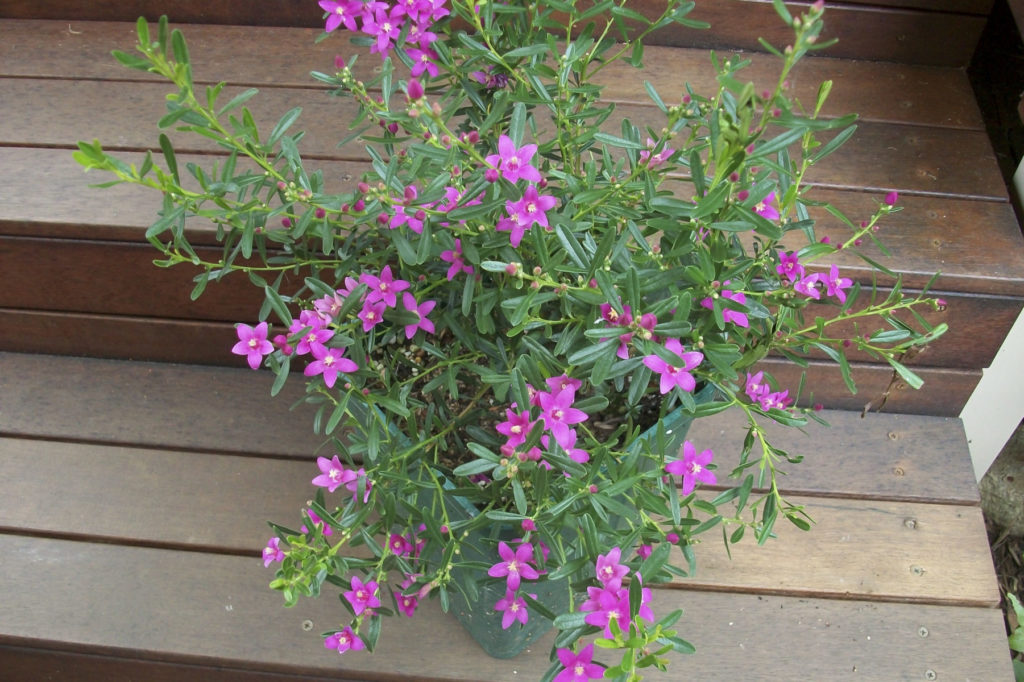
There’s an almost bottomless pit of Aussie plants eminently suited for pots. As well as the ones shown above, here are some others which work really well.

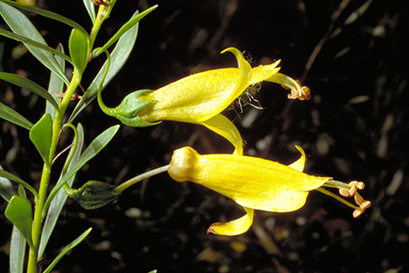
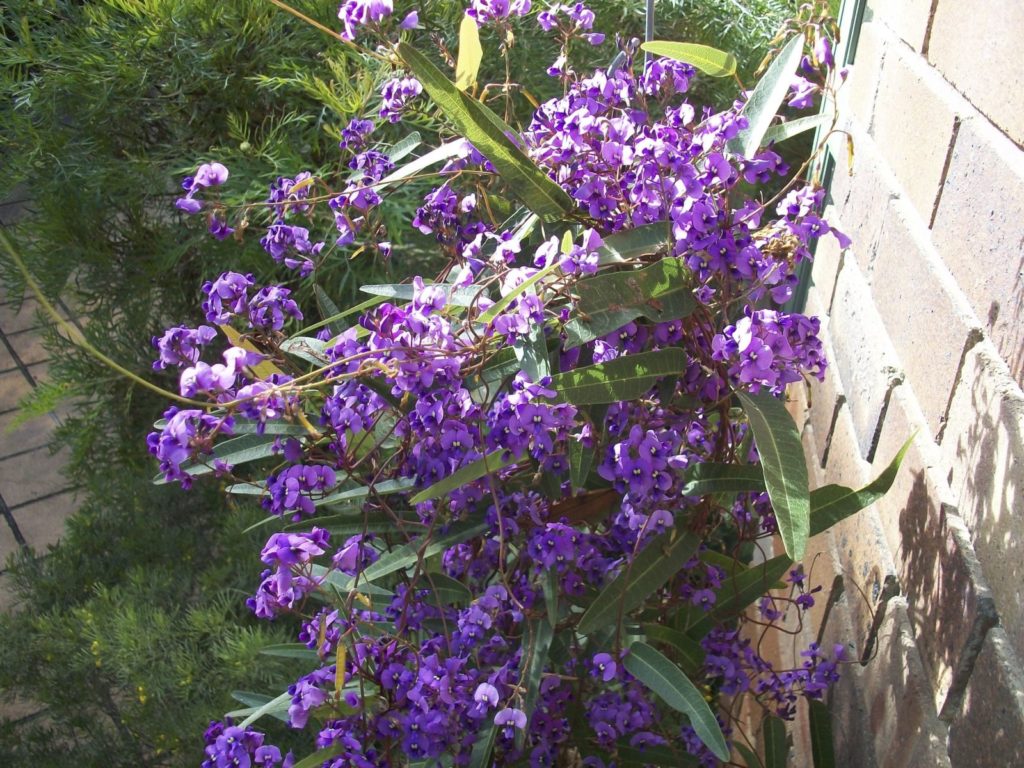
Without fail, I always finish my presentation with these words:
“Australian flora has developed in isolation from the rest of the world over millions of years – LET’S SHOW IT OFF!”
